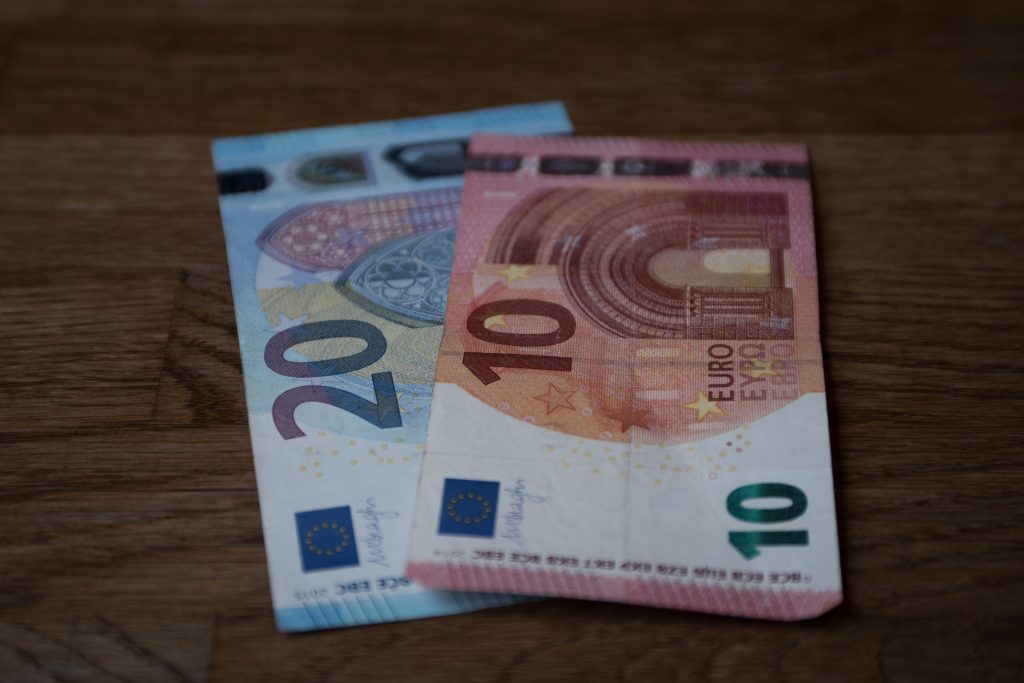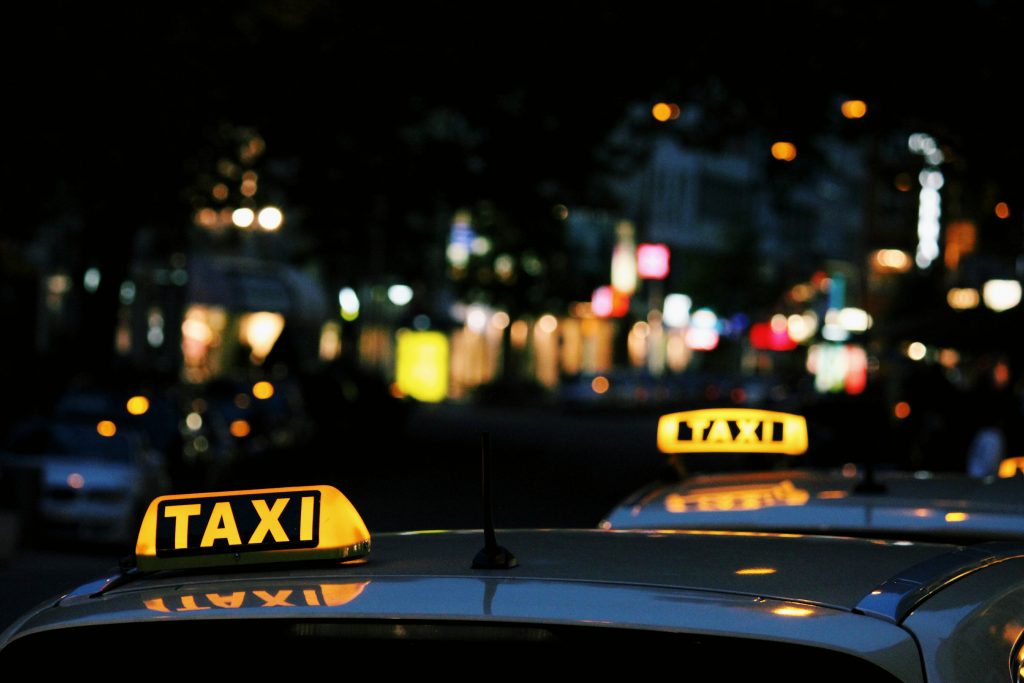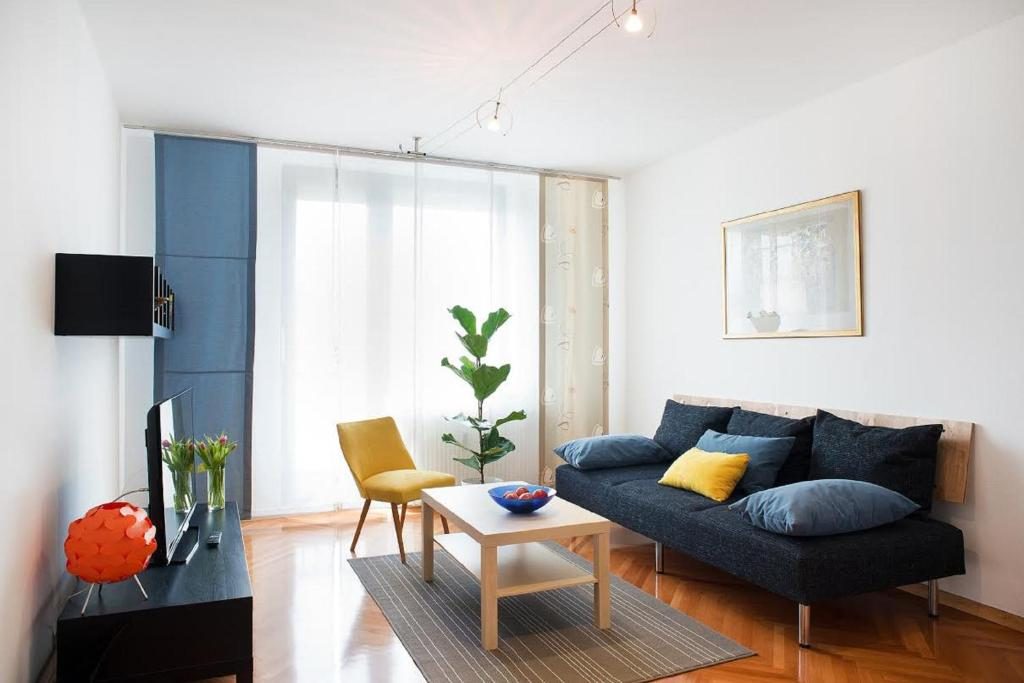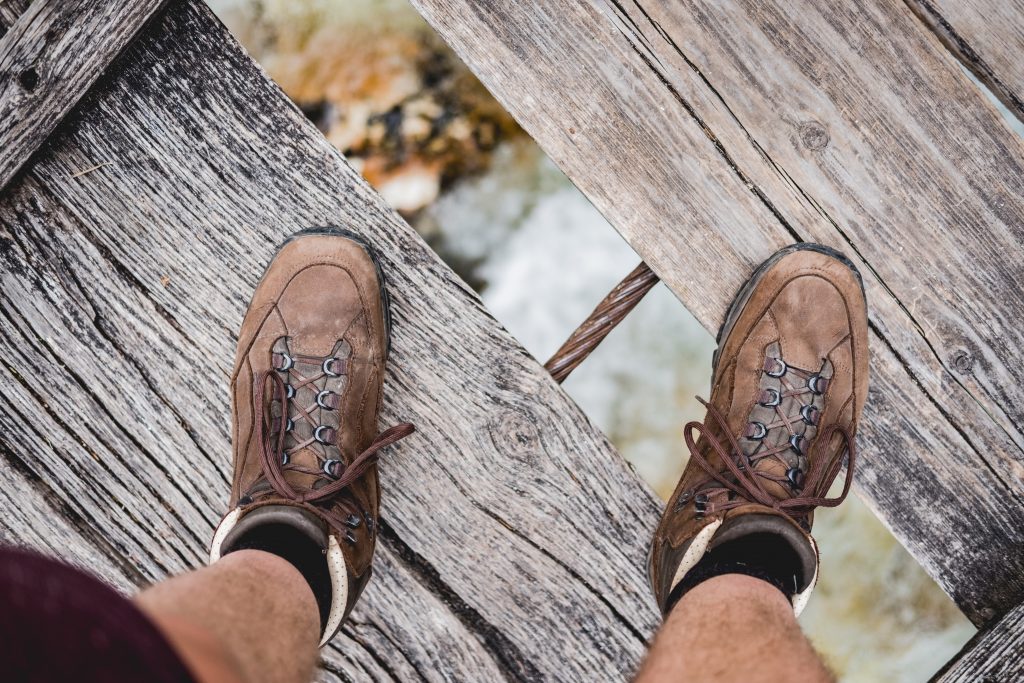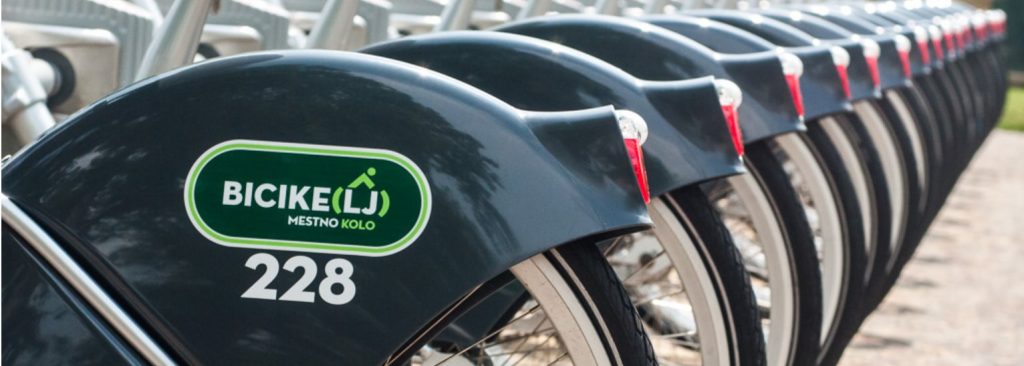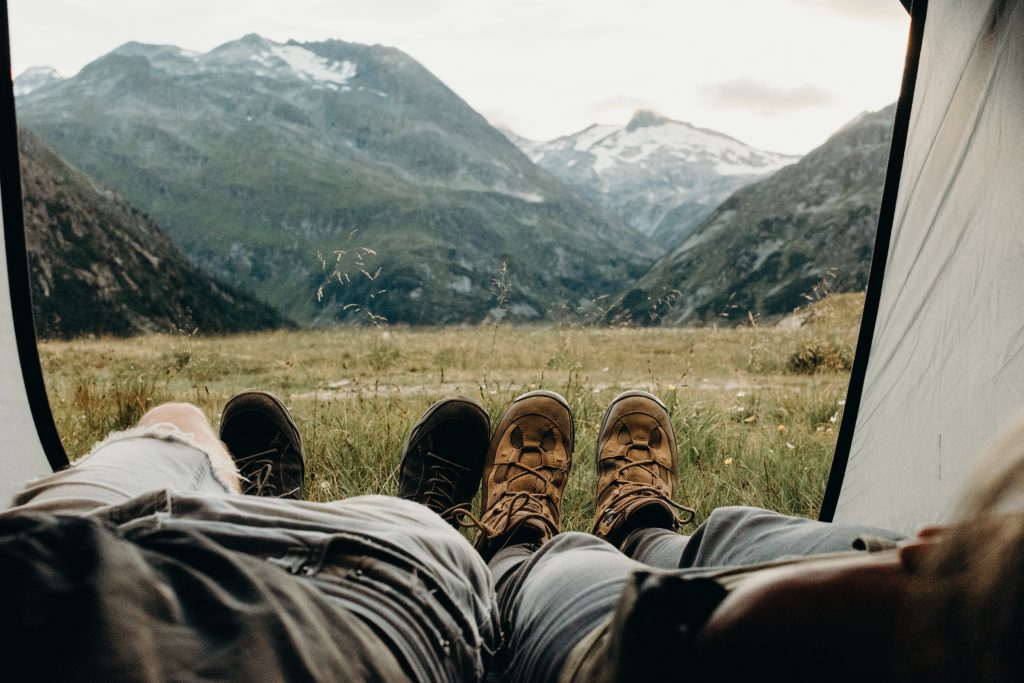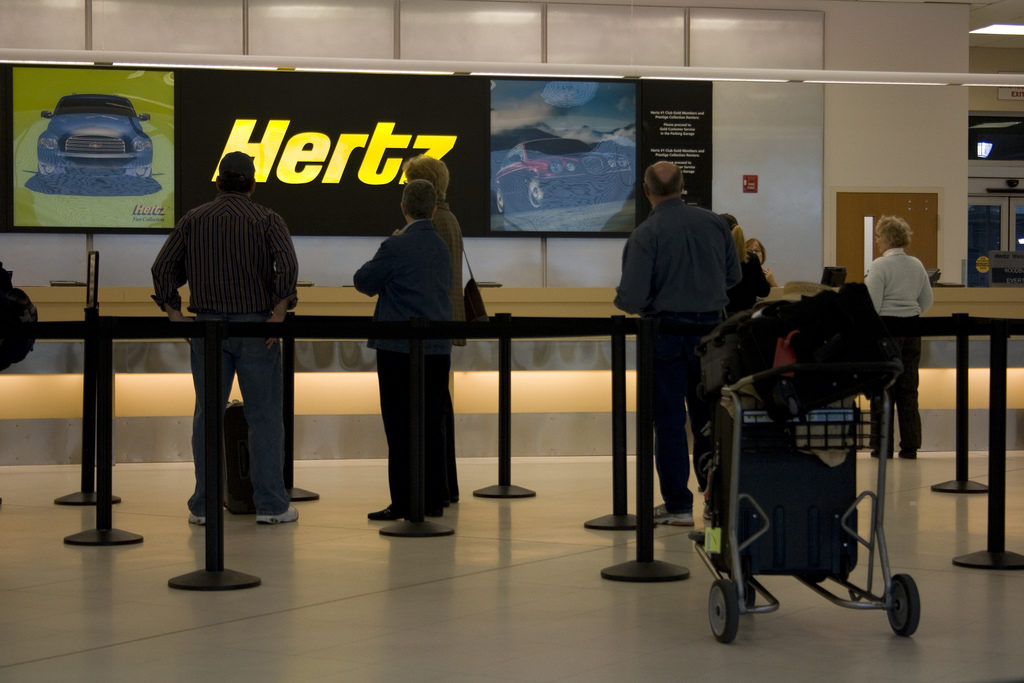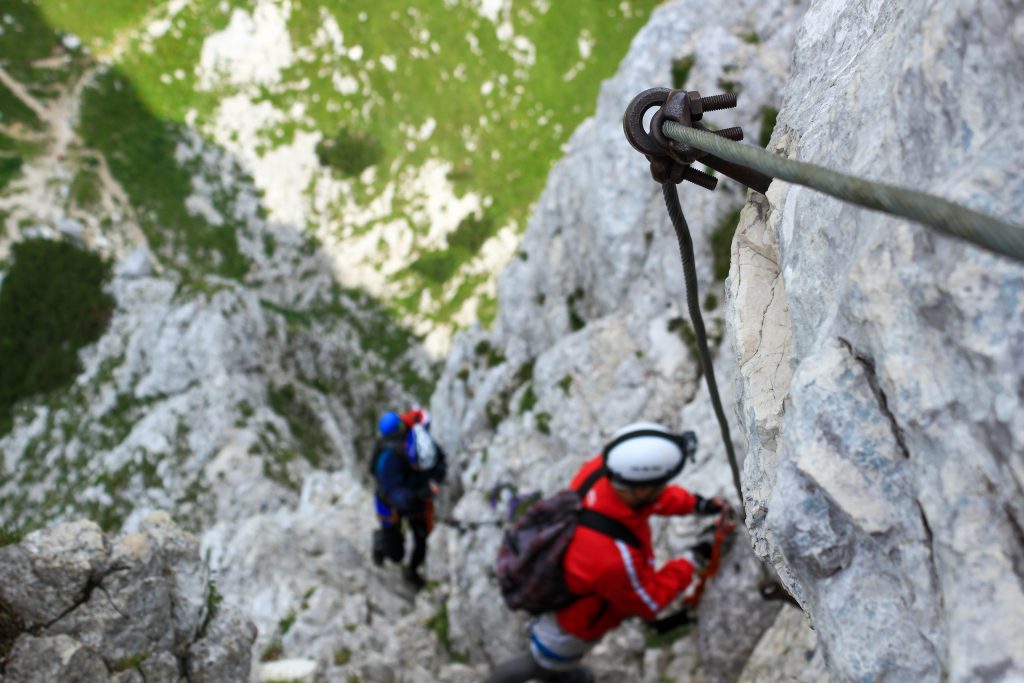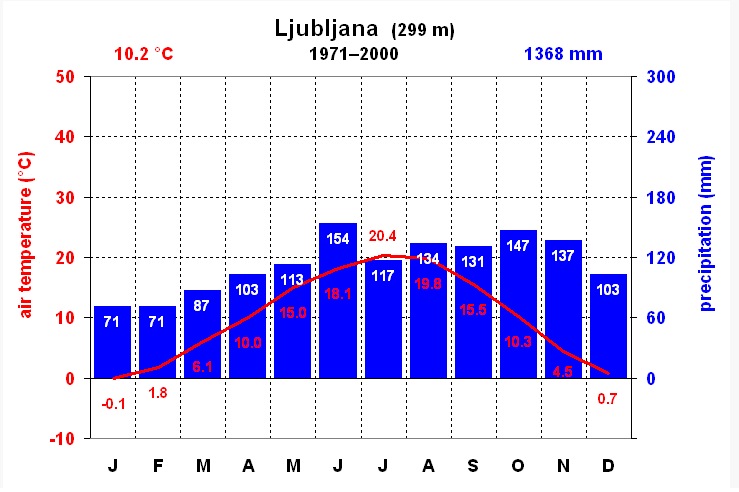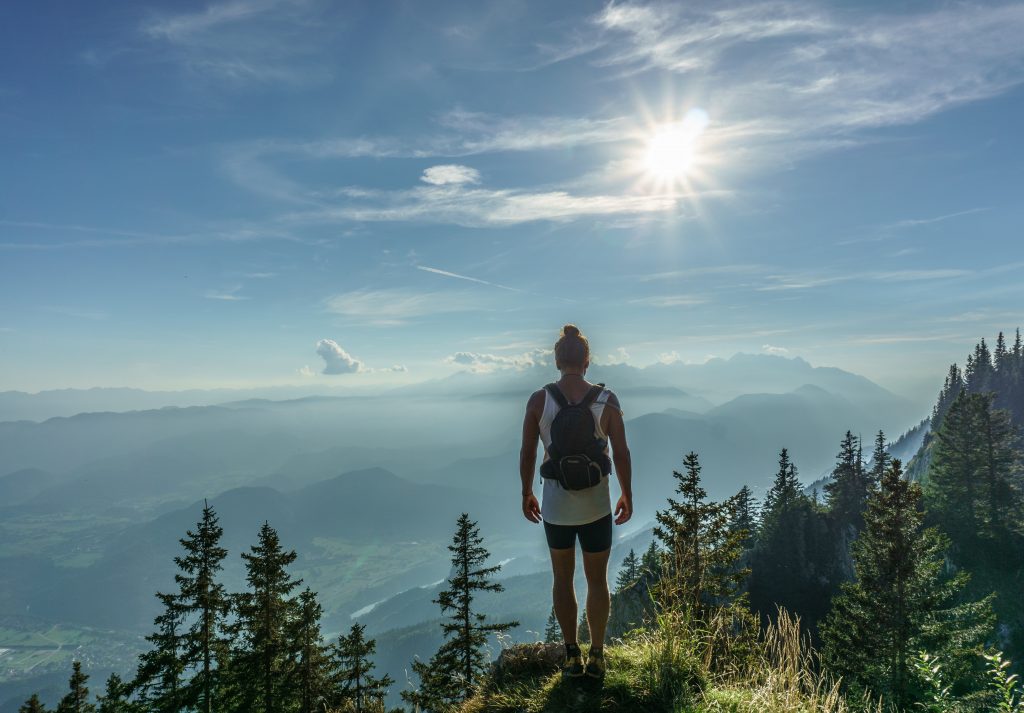This article ensures a wonderful stay in Slovenia, free from the usual travel hassles
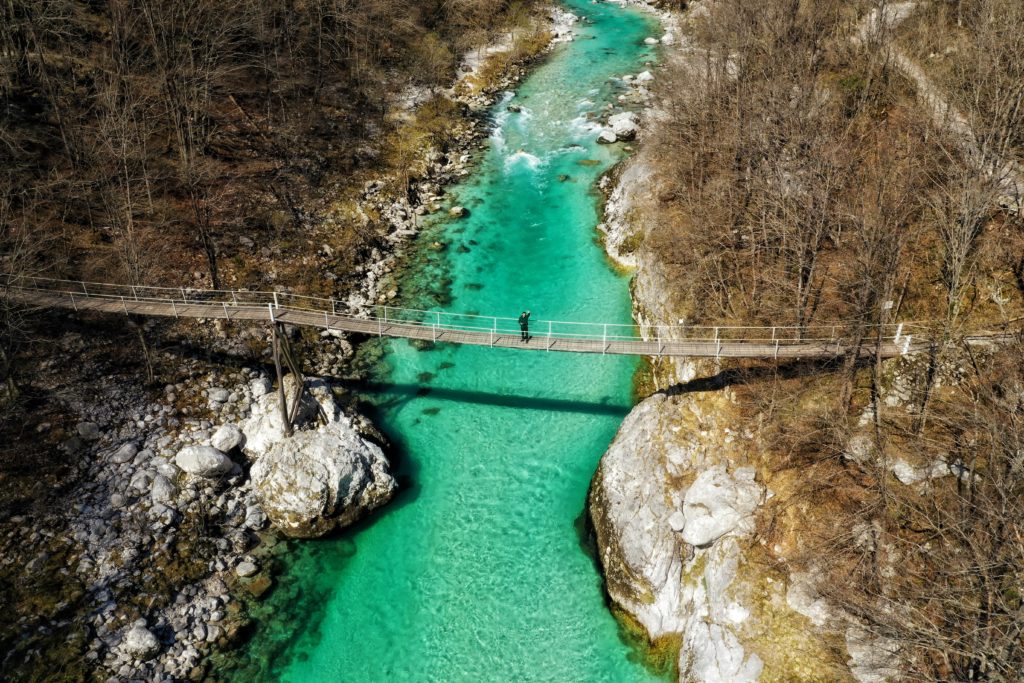
I’ve been writing and constantly updating this travel guide to Slovenia for over ten years now. Based on feedback from readers and my extensive knowledge of this small country, I have compiled a list of the minor problems that are likely to occur during your holiday in Slovenia. I’ll also tell you what you need to do once you’re there to avoid them.
16 things you need to know to have a great holiday in Slovenia.
This article will save you the trouble of getting there, finding fines on your windscreen, wasting precious time during your holiday, etc.
There are some notable differences in Slovenia. They regularly mislead holidaymakers. Lack of knowledge of the Slovenian language will also work against you. Read these tips carefully, as they will help you to have a pleasant and trouble-free trip to Slovenia.
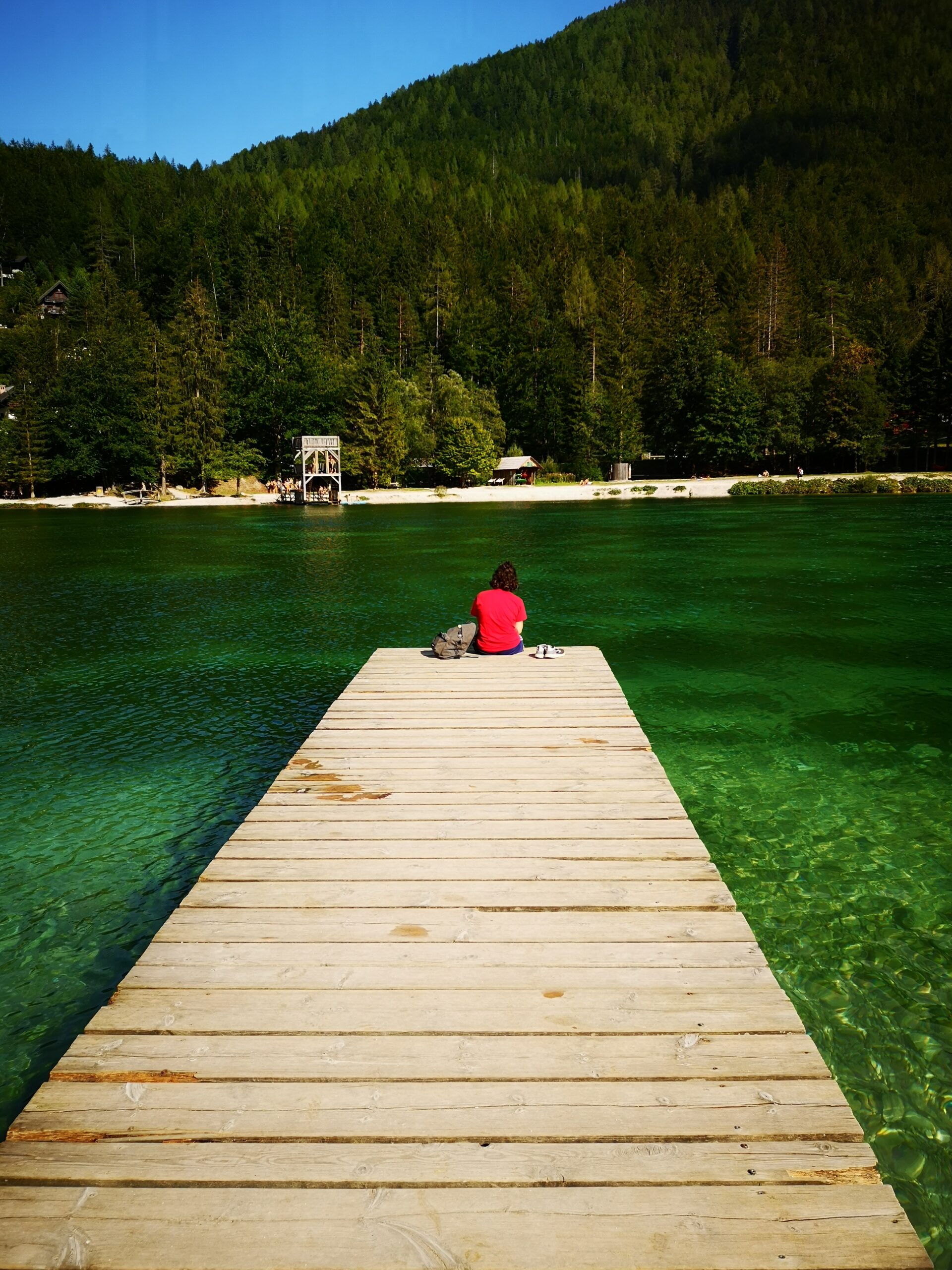
Note: I always put a lot of thought into the content of my articles so that you will find all the information you need for a successful visit when you are there. Don’t skim over them like we all do when we read something on the internet.
Instead, read the articles carefully and to the end.
Reading this article in its entirety and those devoted to the places you have chosen to visit will undoubtedly save you a few minor problems in Slovenia. It’s not the most fun article to read, but read it carefully and to the end, because I’m sure that with the information listed here, you’ll have a better holiday.
Always carry euros
In Slovenia, bank cards are not accepted everywhere. Swedish-stylecash-free zones, where cash is no longer accepted at all, will probably not exist in Slovenia for some time to come.
In Eastern Europe, it is still very common for only cash to be accepted!
In Slovenia, for example, your bank card will not be accepted in many bed and breakfasts, in some bars and restaurants in the countryside, by the driver in coaches..
If you always have euros with you, you’ll avoid wasting time making a forced return trip to the nearest ATM to pay for your restaurant or bed and breakfast.
Good to know: In Slovenia, on the other hand, in an establishment that accepts bank cards, you will never be refused because the amount is too small. Many Slovenians pay for their coffee with their bank card!
Tip to remember : You’ll find an ATM in almost every Slovenian service station.
Don’t jump into the first taxi that comes along
Slovenian taxis do not all charge the same rates. Some are very cheap indeed, so much so that there is no room at all for Uber (which does not exist here in Slovenia), but other taxis target tourists only. They then charge extremely high prices.
DO NOT get into the taxis waiting outside Ljubljana airport and railway station.
These airport taxis are overpriced. Instead, take the €10 shuttle bus or the €4 bus to the station.
Tip: In Ljubljana, take the Metro and Laguna taxis, which are among the cheapest (pick-up 0.95€ and kilometre 0.89€ – a journey in Ljubljana costs between 7€ and 11€).
Why you shouldn’t cross at a red pedestrian crossing in Ljubljana
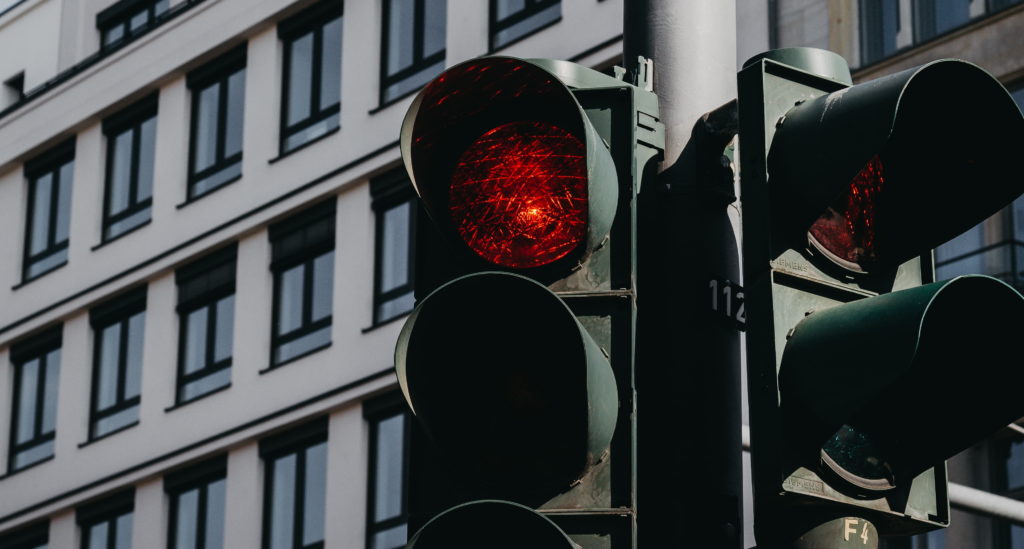
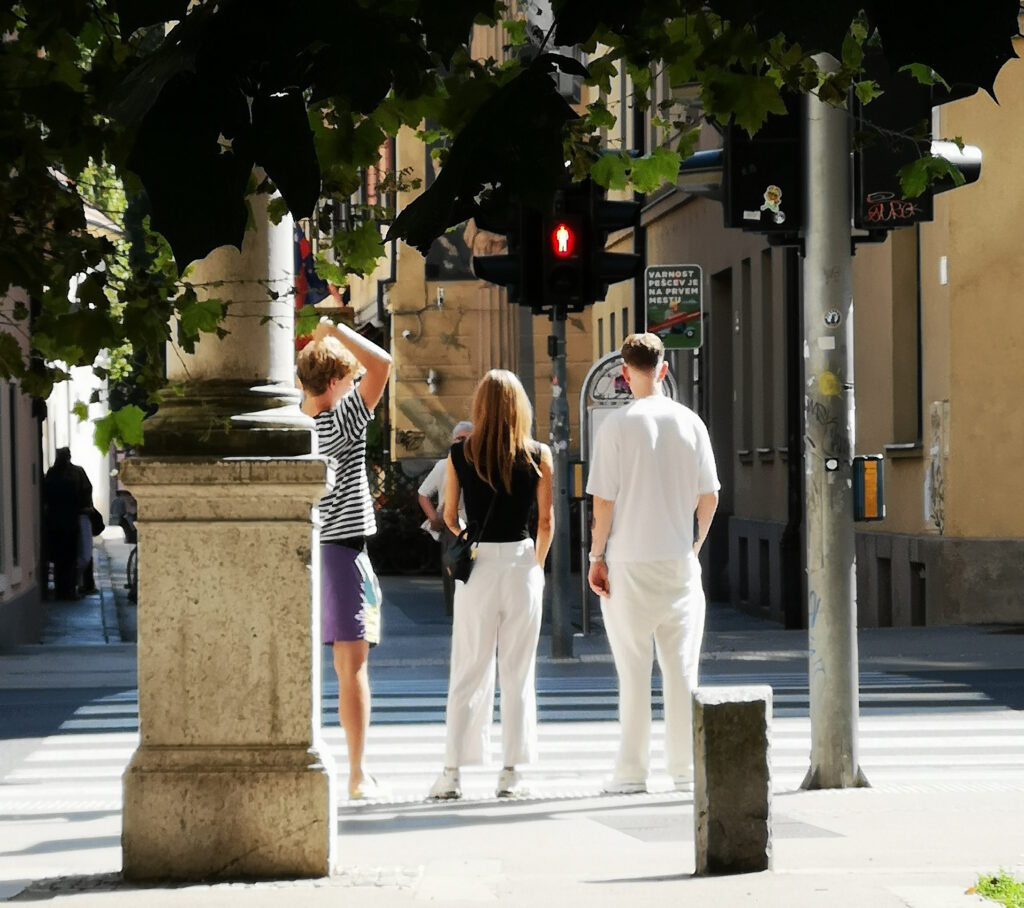
Slovenians respect red pedestrians to the letter, even when there are no cars in sight or if the street to be crossed is small. When you visit Ljubljana, it’s best to do the same. In my early years here, as a good Frenchman, I used to cross on red, but now I see two reasons not to.
- If a Slovenian policeman sees you, he will systematically give you a ticket.
- Slovenian drivers don’t expect you to jump out onto the pavement at a red pedestrian.
Crossing at a red pedestrian crossing is much riskier in Slovenia than in France
Having tried it many times in the first few years, the practice is downright dangerous in Ljubljana and I stopped.
Warning: Be very careful not to walk on the cycle paths painted on the pavement. Slovenian cyclists ride on pavements and don’t expect it. They could crash into you.
Important for your survival : On the main avenues, a counter indicates the number of seconds remaining before the green pedestrian. Never anticipate the green pedestrian by one or two seconds, as this is precisely the moment when Slovenian drivers rush past with their foot on the accelerator, after having switched to orange-red.
Book your accommodation before you leave
I’m regularly asked by e-mail if it’s possible to spend a holiday in Slovenia without having booked accommodation, with the idea of having more freedom there. In reality, Slovenia is not South-East Asia and once you’re there, you’re going to waste a lot of time looking for accommodation. What’s more, you’re bound to struggle to find good accommodation in the most touristy areas. You’ll end up paying a lot of money for accommodation that isn’t very good, because in summer, everything is full in the most visited areas.
With the blog, you already know where to go.
Good to know : By choosing your accommodation in advance, you won’t be stuck in one area, because in Slovenia you can get around quickly and easily. You’ll still have plenty of freedom.
Remember : Slovenia is small! No bigger than Picardy!
Don’t try to park without paying in tourist areas
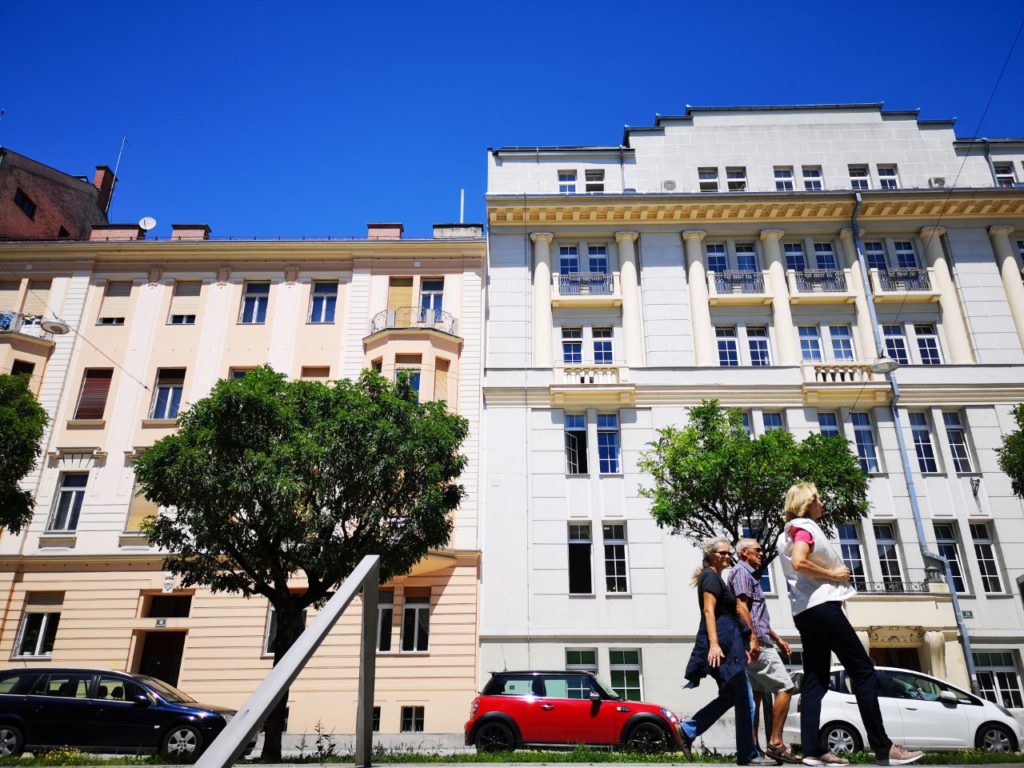
In Bled, Ljubljana, Bohinj or Piran, don’t try to dodge the paying zones. The fine can reach €200 in Piran, for example, or more than €50 at Lake Bohinj.
Lake Bohinj: If you’re going to Lake Bohinj by car, I advise you to read this document from the Bohinj tourist office carefully. It indicates where you can park. Very useful.
At Lake Bled : Use this other page for parking around Lake Bled.
In Ljubljana : A full article is devoted to where to park in Ljubljana. Use it during your stay.
How to avoid all the traffic jams in summer?
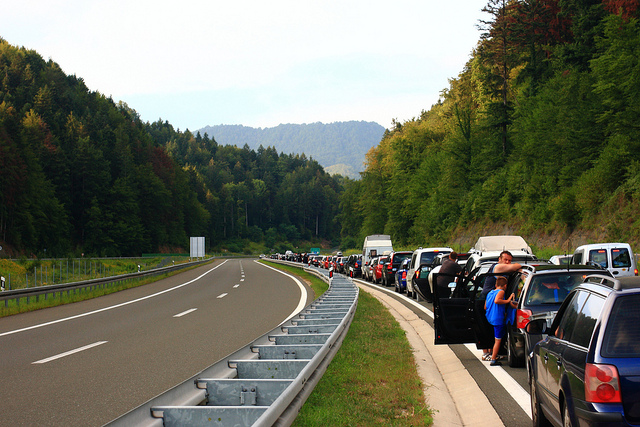
Slovenia is crossed by Germans, Austrians, Czechs and Danes who go on holiday to Croatia. In summer, on Fridays and Saturdays, expect heavy traffic on the motorway between Bled and Ljubljana and also on the motorway between Ljubljana and the Adriatic Sea.
There are no major traffic jams in Slovenia if you’re careful!
In summer, there will also be traffic on the small road linking Lake Bled to Lake Bohinj because of the tourists who visit these two lakes. You can read a full article on traffic jams here (Don’t worry, Slovenia’s traffic is generally very good).
Local tip : You can also use the Slovenian website promet.si, which displays real-time traffic and roadworks in progress, or simply Google map.
Be careful on Slovenian roads
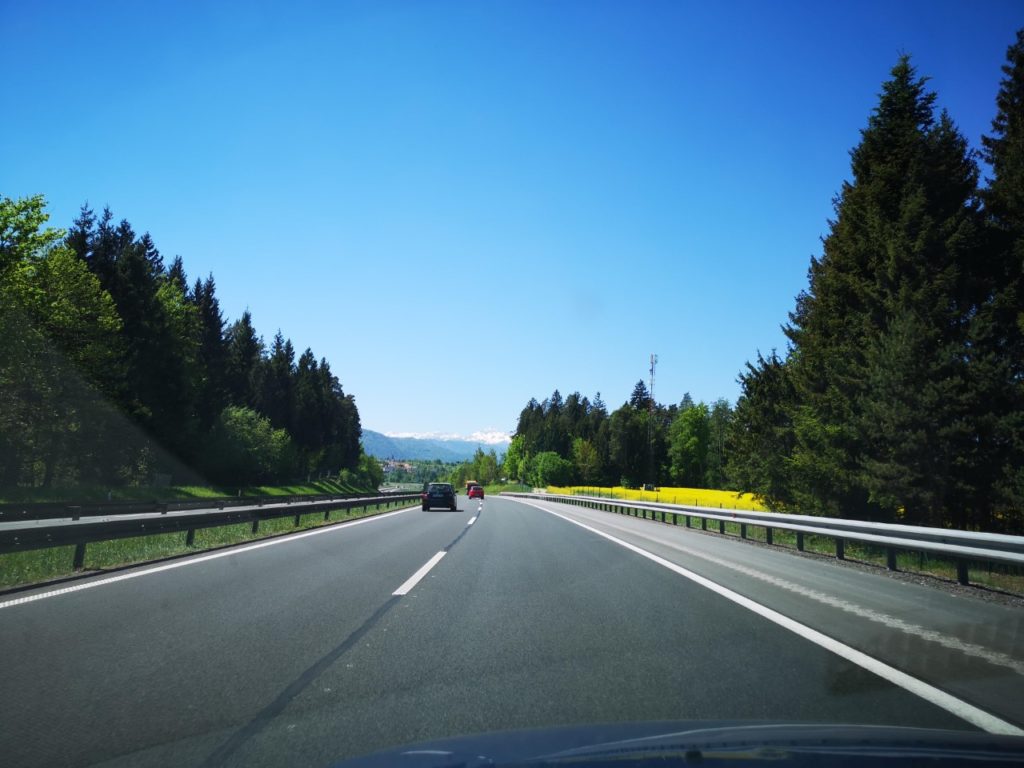
Expect Balkan-style driving from some Slovenians, who drive big German cars and will tailgate you a few metres away on the motorway. In town, they often start off very quickly at a green light. In short, be careful on Slovenian roads. Drive slowly! This will give you a little more time to admire Slovenia’s magnificent landscapes.
Watch out for ticks on hikes and in parks
Those who live in eastern France are well aware of the problem, but those in less exposed regions of France may not be. After a hike, always check that you haven’t been bitten by a tiny tick. Ticks stay attached.
Ticks, a danger in Slovenia!
Everyone should be familiar with Lyme disease and its early symptoms by now.
It’s impossible to pick up a bike share quickly from a pay station in Ljubljana
Before getting on a bicikelj, Ljubljana’s “velib”, you need to register online. You can’t do this at the kiosks. So you need to go to the website and take out a 7-day subscription. Do this before you leave if you intend to use the bikes. This will save you time on the spot.
Where can you sign up? Here’s the site to visit
In Slovenian caves, it’s 12°C in summer

Even when it’s 36°C outside in summer, it’s only 12°C in the caves of Skocjan or Postojna. The temperature is constant whatever the season. If you haven’t thought to pack a little wool in your bag, and possibly some trousers for the more chilly, you’ll be cold throughout your visit. Don’t forget to take a little wool in the morning on days when you visit caves.
Camping in Slovenia (it regularly rains in torrents in summer)
A few hours of torrential rain is not a stroke of bad luck, but a common occurrence in Slovenia in summer. So, if you’re camping, bring very good equipment that can withstand heavy rain. For my part, I don’t particularly recommend camping, especially campsites on the Slovenian coast or near the most touristy areas.
Expect perhaps some torrential rain!
If you’re hesitating between camping and accommodation, choose the latter.
Please note: Unauthorised camping is prohibited in the Triglav Natural Park.
Finally, if you want to spend a rainy day in Slovenia, no problem, there are lots of great things to do. I’ve never found rain to be a problem here. It rarely rains for a whole day.
Hiring a car without knowing the conditions of sale
Whether in Slovenia or any other country, renting a car requires you to be an informed consumer if you don’t want the initial bill to balloon. It’s important to understand how the car hire system works.
Here’s how to rent a car without seeing the bill balloon at the counter!
I regularly rent cars in Slovenia and in this other article I list everything you need to know before renting a car in Slovenia, so as to avoid unpleasant surprises on the spot.
What to do: Read the article on car hire in Slovenia carefully, as it contains everything you need to know to avoid problems with the car hire company.
Climb Triglav in summer
This isa project that comes up a lot in the messages I receive: climbing Triglav, the country’s highest mountain at 2,864 metres. This summit seems accessible to everyone, as well as being a cool trophy. The route is well signposted. You can follow it without a guide. You should be aware, however, that the last part is vertiginous. What’s more, the summit can get really crowded in summer, as many tourists want to climb it, adding to the number of Slovenians (who, in the purest Slovenian tradition, have to climb it once in their lives to become true Slovenians).
There’s more to the Julian Alps than Triglav!
Just as in the French Alps, Mont Blanc is far from being the only mountain worth climbing, in the Julian Alps, Triglav is not the only attractive Slovenian peak.
My advice: in summer, choose another summit for a quieter, less crowded hike (here are a few names to help you find them: Trupejevo poldne, Kepa, Crna prst, Visevnik, Struska, Vajnez, vrh nad skrbino, Jerebica, Travnik, etc.). This way, you can make the most of Slovenia’s beautiful mountains.
Don’t use Google weather – it’s rubbish!
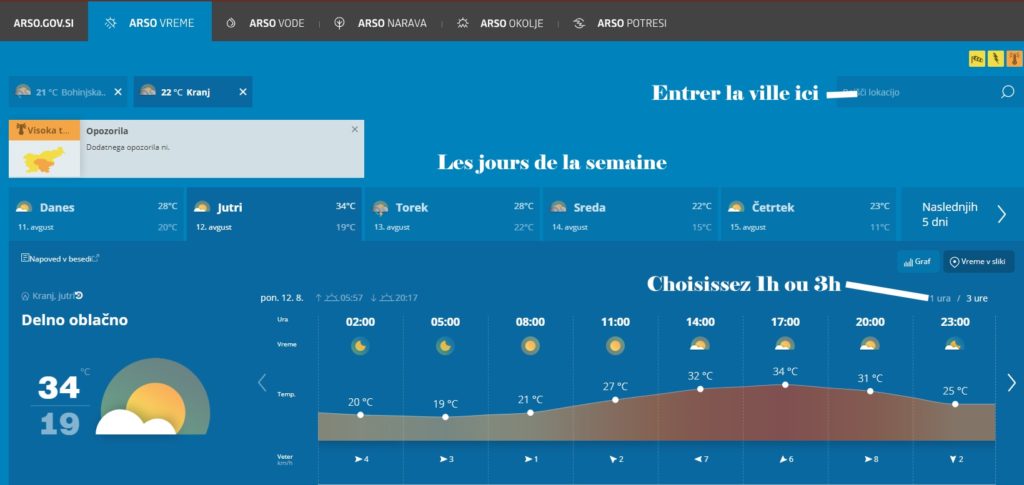
In summer, the weather in Slovenia is fine and hot, but it also rains regularly (thanks to this, the country remains incredibly green, even at the very end of summer). Don’t worry, it’s easy to keep busy on a rainy day here.
Google weather isn’t accurate enough and gives the impression that it’s going to rain all day, which is very often not the case in summer.
Tip: Use the Slovenian weather website, which is much more accurate(danes = today, Jutri = tomorrow).
Venturing into the Slovenian mountains ill-equipped
Slovenian trails are very well signposted and easy to follow with their red and white buttons. However, if you haven’t checked the weather forecast, you could be caught out by a mountain thunderstorm, thick fog where you lose all sense of direction, cold or torrential rain.
Climb equipped and with a rucksack!
So, before going into the mountains, always take something to cover up with, a map, a compass, water, good shoes (not your Stan Smiths, for example) and a snack in case you get hungry. Bear in mind that your smartphone, which serves as your map and compass, may run out of battery and you need to be able to get back if this happens.

